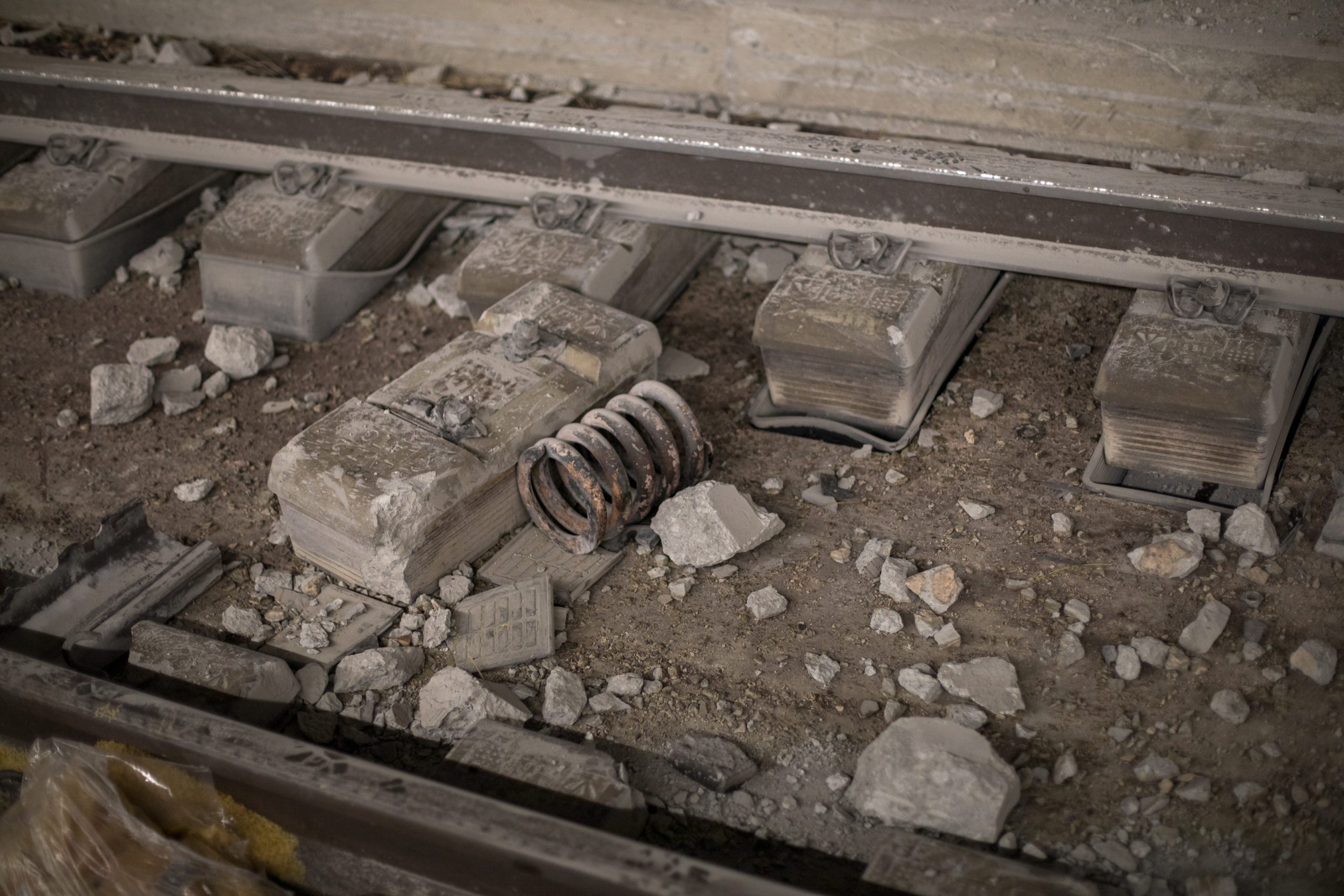Gotthard accident: tunnel has been cleared, but finish line is still far

The western tunnel of the Gotthard Base Tunnel has been cleared from the debris left after a freight train derailment on Thursday 10 August. The last 16 wagons still in the tunnel were removed and “all goods and damaged parts of the system were cleared from the approximately 8 km long accident site”, explained the Swiss Federal Railways (SBB). The company said that planning for the repair work will follow in mid-October, but carrying out all the measures will take several months.
SBB was contacted to understand what the next steps are but no answer has been provided as of yet. The tunnel was completely closed for a couple of weeks. On 23 August, the single-track undamaged eastern tunnel was reopened for freight operations. Despite this initiative, the hit was still significantly felt in the sector, given that the Gotthard Base Tunnel is the main rail border crossing between Italy and Switzerland. Non-cranable semi-trailers, for example, can only travel through the tunnel, since the panoramic route is not suitable for P400 profile.
The convoy was made up of 30 wagons and derailed at the Faido interchange, where a secondary tunnel connects the two main ones. The train hit the door that separates the two tunnels, breaking it. The partial reopening of the tunnel has been possible because a temporary gate was installed to replace the door for the time being. Already a few days after the derailment, SBB claimed that the problem was with the train, and not the infrastructure. It turned out to be a faulty wheel. One of the most accredited scenario is that the wheel broke while the convoy was already inside the tunnel. This is because trains get checked various times before entering the tunnel.

Also read:





